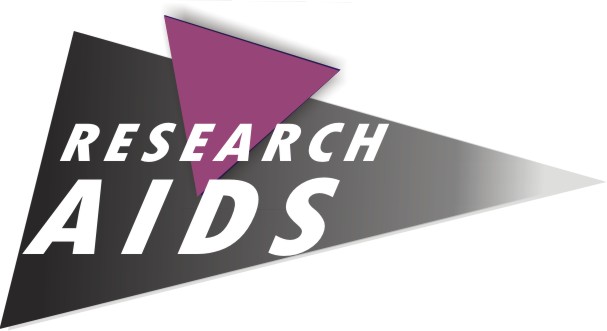HIV-1 subtypes Distribution
Important adaptations have been necessary for the virus to acquire the ability to be efficiently transmitted. Since its emergence, HIV-1 group M has diverged into numerous clades or subtypes (A to K) as well as circulating recombinant forms (CRFs). CRFs have segments of the genome derived from more than one subtype. The highest diversity of HIV remains in west-central
The amino acid distances among different subtypes of HIV-1 group M reach approximately 25–30% in the Env gene sequence and 15% in the Gag gene sequence. The subtypes B and D are better considered as subsubtypes within a single subtype, however they have been designated as subtypes for historical reasons. To define a new subtype, subsubtype or CRF, the representative strains must be identified in at least three epidemiologically unlinked individuals. Three near full length genomic sequences are preferred, but two complete genomes with partial sequences of a third strain are sufficient to designate a new subtype, subsubtype or CRF.
Regarding HIV in the
Distribution of HIV-1 subtypes
Group | Subtype | Distribution |
Group | Subtype | Distribution |
M | A | East and |
B | North and | |
C | South and East Africa, | |
D | ||
F | Central Africa, | |
G | Central Africa, | |
H | Central Africa, | |
J | ||
K | ||
O | ||
N |
The most prevalent HIV-1 genotypes are subtypes C (47%), A (27.2%), B (12.3%), D (5.3%) and CRF01_AE (3.2%).
During the AIDS pandemic, it has become clear that host genetic differences between infected individuals as well as between viral species affect the susceptibility or resistance to the disease, revealing a clinical spectrum of rapid, intermediate, or slow progression or, more rarely, nonprogression to AIDS within infected populations.


No comments:
Post a Comment